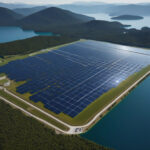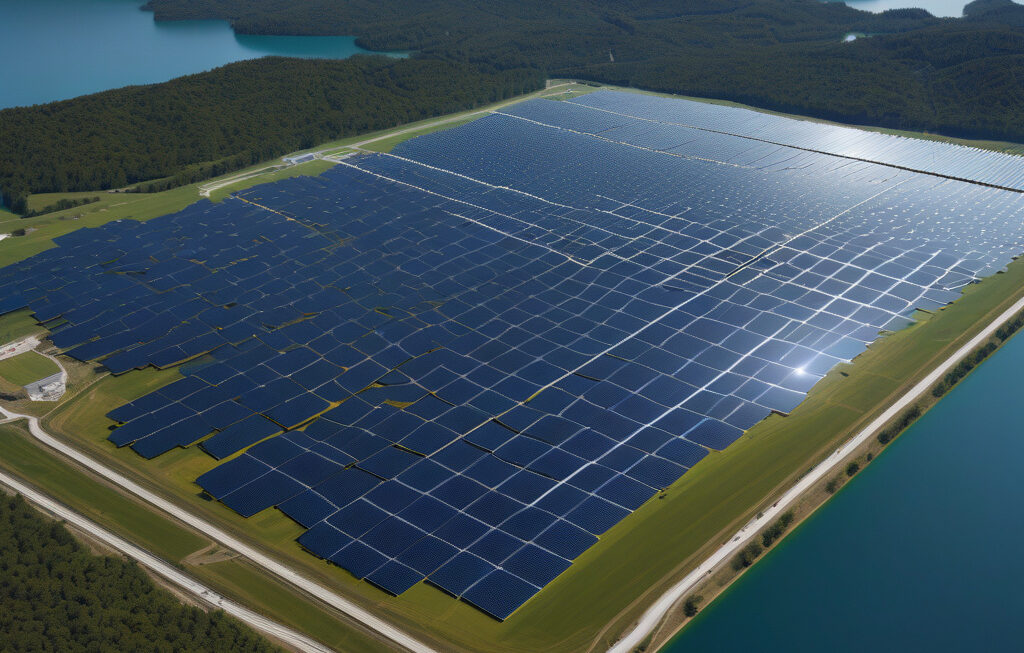Flipping the Script: ‘Sweet Spot’ Helps Solar Device Store More Energy, Thrive in Heat
A recent study indicates that an emerging solar technology performs better at higher temperatures, a groundbreaking discovery that could revolutionize the renewable energy industry. Traditionally, solar devices have been known to operate most efficiently in cooler environments, with performance dwindling as the mercury rises. However, this new research unveils a paradigm shift, demonstrating that there is a “sweet spot” where solar devices can thrive even in scorching heat.
The study, conducted by a team of researchers at a leading university, focused on enhancing the energy storage capabilities of solar devices. By manipulating the materials and design of the device, the researchers were able to identify specific temperature ranges where the device exhibited optimal performance. This breakthrough has significant implications for regions with high average temperatures, where conventional solar technology often falls short.
One of the key innovations driving this advancement is the utilization of novel heat-resistant materials. These materials not only withstand high temperatures but also facilitate improved energy retention within the device. As a result, the solar device can capture and store more energy, even in the face of intense heat waves. This capability not only boosts overall energy efficiency but also enhances the reliability of solar power systems in challenging environmental conditions.
Moreover, the newfound “sweet spot” for solar device performance opens up a world of possibilities for harnessing solar energy in new territories. Regions that were previously deemed unsuitable for solar power generation due to high temperatures can now be reconsidered, thanks to this innovative technology. This expansion of viable solar energy sites could significantly accelerate the global transition towards renewable energy and reduce dependence on fossil fuels.
In addition to its practical benefits, the enhanced performance of solar devices in high temperatures also aligns with broader sustainability goals. By maximizing energy capture and storage, this technology contributes to the overall efficiency of solar power systems, making them more environmentally friendly and cost-effective. As the world continues to grapple with the challenges of climate change, innovations like these play a crucial role in driving progress towards a greener future.
Furthermore, the commercial implications of this research are substantial. Companies in the solar energy sector are already exploring ways to integrate this technology into their product offerings, anticipating a surge in demand for high-performance solar devices. The potential market for these enhanced solar technologies is vast, encompassing both residential and commercial applications, and spanning across diverse geographical regions.
As we stand on the cusp of a renewable energy revolution, discoveries like the one highlighted in this study underscore the power of innovation in reshaping the energy landscape. By pushing the boundaries of what was once thought possible, researchers and engineers are paving the way for a more sustainable and resilient energy future. The convergence of technological advancements, environmental consciousness, and economic viability positions solar energy as a cornerstone of the energy transition in the 21st century.
In conclusion, the revelation of a “sweet spot” where solar devices can store more energy and thrive in heat marks a significant milestone in the evolution of solar technology. This breakthrough not only enhances the efficiency and reliability of solar power systems but also expands the horizons of renewable energy adoption. As we look towards a future powered by clean energy, innovations like these remind us that the possibilities are limitless when science and sustainability intersect.
renewable energy, solar technology, sustainability, innovation, climate change












